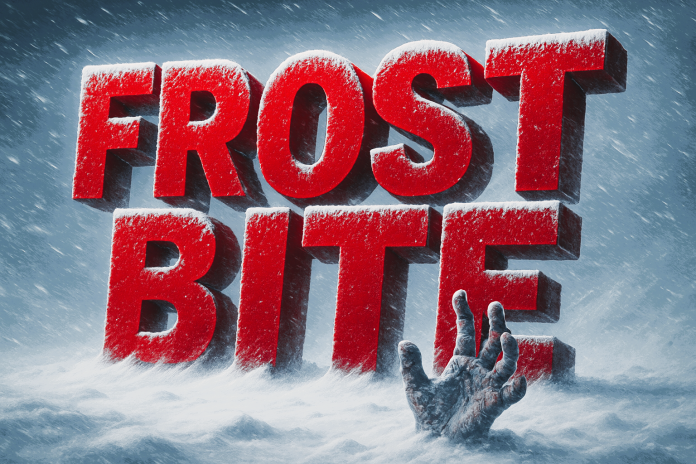New York, NY – As Thanksgiving week approaches, New York may face a surge of winter cold that could increase the risk of frostbite and hypothermia, according to updated projections from the National Oceanic and Atmospheric Administration (NOAA). The Nov. 19 climate outlook indicates a significant pattern shift beginning November 25, with colder-than-normal air likely across the Northeast through early December.
According to NOAA, this temperature drop is tied to several atmospheric factors, including ongoing La Niña conditions, the Madden–Julian Oscillation, and the potential for a rare late-November sudden stratospheric warming event. Together, these influences may help funnel Arctic air into the North-Central and Eastern U.S., placing New York squarely within the below-normal temperature zone.
As millions prepare for the holiday travel rush, outdoor shopping, parades, and community events, health officials warn that frostbite and hypothermia can develop faster than many people realize—even during brief time spent in the cold.
Common frostbite symptoms include:
• Numbness or loss of feeling
• Tingling or prickling sensations
• Cold, hard, waxy-looking skin
• Skin color changes (red, white, blue, gray, or purple)
• Blisters that may form after rewarming
Ten key signs of hypothermia:
Shivering, slurred speech, shallow breathing, weak pulse, confusion, memory loss, severe fatigue, stumbling, drowsiness, and in severe cases, loss of consciousness. Infants may show bright red, cold skin and unusually low energy.
NOAA recommends dressing in warm layers, covering exposed skin, and limiting outdoor exposure during the coldest periods. Anyone showing symptoms of frostbite or hypothermia should seek immediate medical attention and begin warming using warm—not hot—water or gentle body heat.





